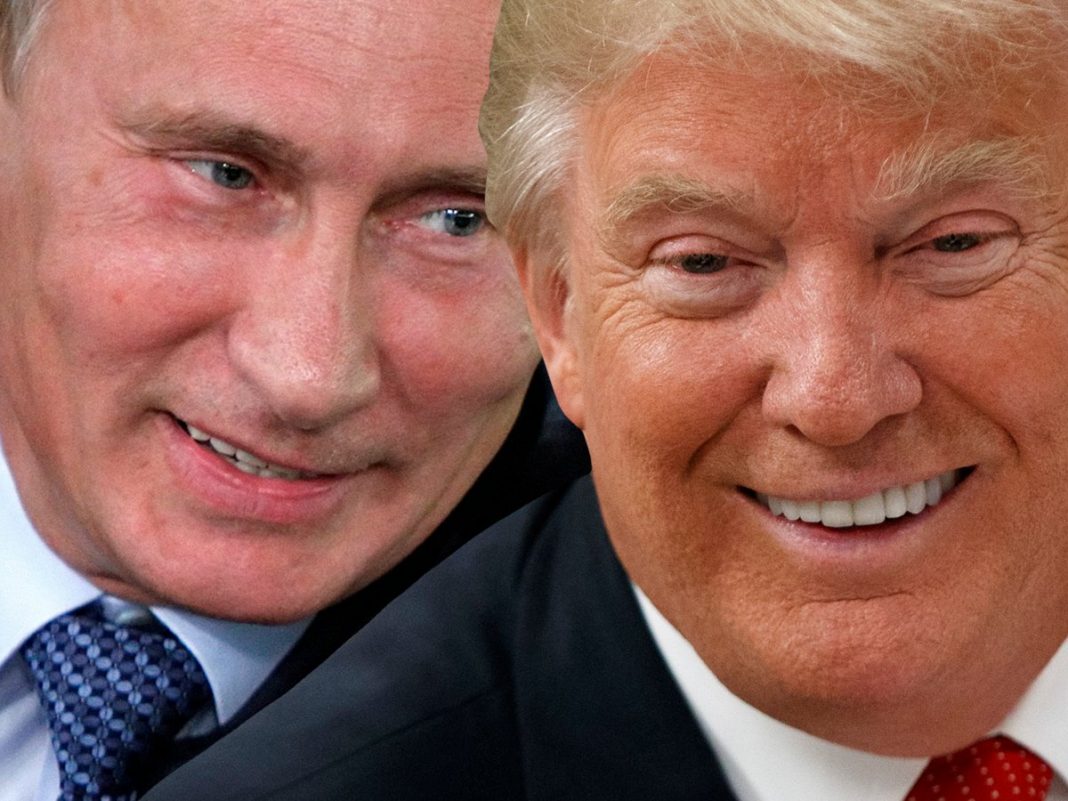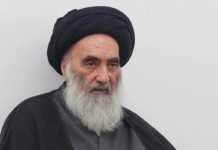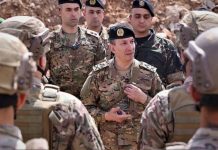We already gave Syria to Putin, so what’s left for Trump to say?
دانس روس من الواشنطن بوست: لقد قدمنا سوريا لبوتين فماذا بقي ليقوله ترامب
Dennis Ross/The Washington Post/July 07/18
Dennis Ross, a distinguished fellow at the Washington Institute, served in senior national security positions in the Reagan, George H.W. Bush, Clinton and Obama administrations.
Doing the same thing over and over again and expecting a different result may not meet the clinical definition of insanity, but it’s still a pretty good standard. It also happens to define both President Barack Obama’s and President Trump’s approaches to working with Russia on the Syrian civil war. Washington and Moscow have repeatedly issued joint statements outlining principles for addressing the conflict and reducing its horrific humanitarian consequences. Yet over and over again, the Russians have betrayed their commitments.
Consider the record. In November 2015, Secretary of State John F. Kerry and Russian Foreign Minister Sergei Lavrov reached an agreement on the Vienna principles. They called for a cessation of hostilities; lifting the sieges on all cities; the unimpeded provision of food, medicine and other humanitarian materials; the drafting of a constitution in six months; and a political transition process of 18 months. In December 2015, these principles were enshrined in U.N. Security Council Resolution 2254. Syrian President Bashar al-Assad’s regime blatantly violated all of the terms: It lifted no sieges and did not allow humanitarian relief to pass unimpeded.
The Russians, too, did nothing. Although Assad and the Russians did finally implement a cease-fire two months later, it collapsed by April 2016 as the Assad regime resumed its onslaught against civilian targets, with a special emphasis on hospitals. Much as in his use of chemical weapons, Assad hit hospitals to show that he would respect no limits. Kerry was reduced to condemning Assad’s attacks while plaintively appealing to Moscow to act on the responsibility enshrined in the December 2015 resolution. “We all signed the same agreement and we all supported the same UN Security Council Resolution 2254, which calls for a nationwide cessation of hostilities,” he said, adding that “it calls for a nationwide, full delivery of humanitarian assistance within all of Syria.”
Clear words, but no consequences. Not surprisingly, Kerry’s calls were in vain. By the fall of 2016 he tried again, reaching an agreement on a joint operations center with the Russians in the hopes of reducing the violence and making a political process possible. Once again he was frustrated, declaring that he had “profound doubt about whether Russia and the Assad regime can or will live up to the obligations that they agreed to in Geneva.” The Russian response was to launch a scorched-earth attack on Aleppo, which reduced the eastern half of the city — then Syria’s largest — to rubble. That ended Kerry’s efforts.
Trump has made his own attempts to get somewhere with the Russians. On the margins of the Group of 20 summit in Germany in July 2017, he and Putin finalized a cease-fire agreement for southwestern Syria. Trump met again with Putin in November at the Asia-Pacific Economic Cooperation summit in Vietnam, where they issued another joint statement on Syria. It emphasized the “importance of de-escalation areas as an interim step to reduce violence in Syria, enforce cease-fire agreements, facilitate unhindered humanitarian access, and set the conditions for the ultimate political solution to the conflict” on the basis of U.N. Security Council Resolution 2254.
So how did the Russians act after that? Along with the Assad regime and the Iranians, they waged military campaigns that decimated and depopulated three of the four de-escalation areas. The fourth, the one Trump and Putin had agreed to in southwestern Syria, remained quiet — effectively freeing the Assad regime, with its Russian backers, to attack elsewhere.
Lately Assad and the Russians have turned their attention to southwestern Syria, bombing relentlessly. On June 21, the State Department issued a blunt statement warning the Assad regime and the Russian government about “serious repercussions of these violations.” The Russians intensified their bombing, creating a new refugee flow with more than 270,000 people fleeing to the Jordanian and Israeli borders. Did Moscow face any “serious repercussions”? No — only Trump’s pursuit of a summit with Putin.
Neither Obama nor Trump has been prepared to impose any consequences on the Russians. Both wanted out of Syria, not to be embroiled in it. And both permitted Putin to become the arbiter of events. So what should Trump do when he and Putin meet in Helsinki on July 16?
He should make a virtue of necessity and convey the following points: that the United States will maintain our small presence in Syria until the Islamic State is gone; that unless Iran’s continuing entrenchment in Syria is contained, it will trigger a wider war between Israel and the Iranians; and that we will back the Israelis completely, making it in Putin’s interest to stop the expansion of the Iranians and their proxies in Syria and prevent a major regional escalation. Trump might even suggest that the Russians broker a set of red lines between the Israelis and Iranians in Syria.
Indeed, Trump could also ask Putin to be his channel to the Iranians. Apart from limiting the potential for miscalculation with Tehran, it could give Putin a stake in coordinating with us on Iran. With the United States having already conceded Syria to Russia, history tells us we are unlikely to achieve more.























